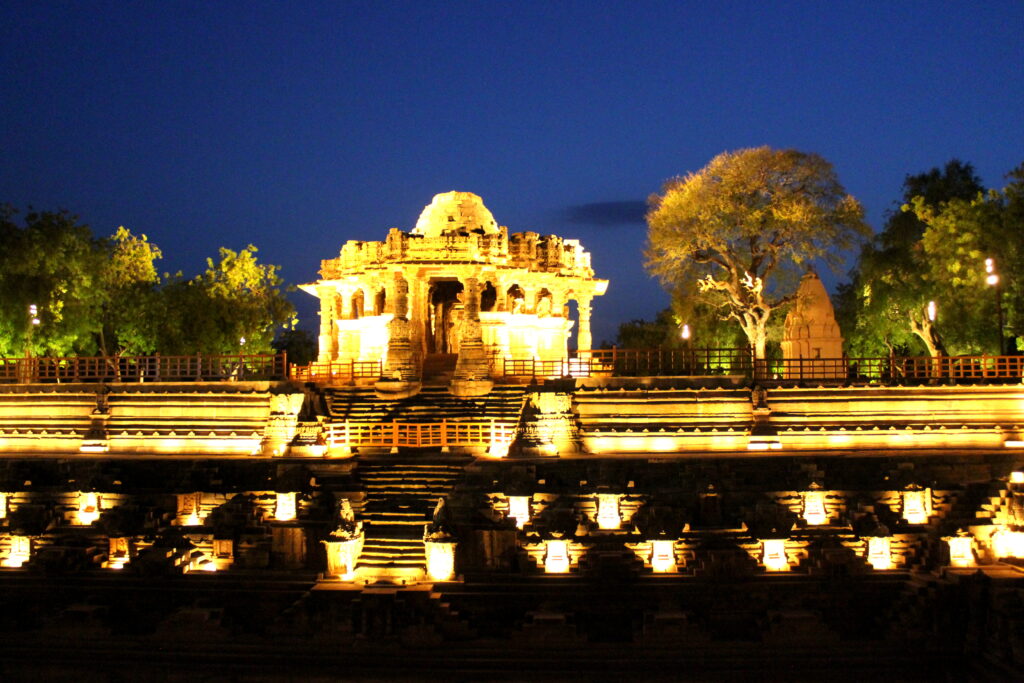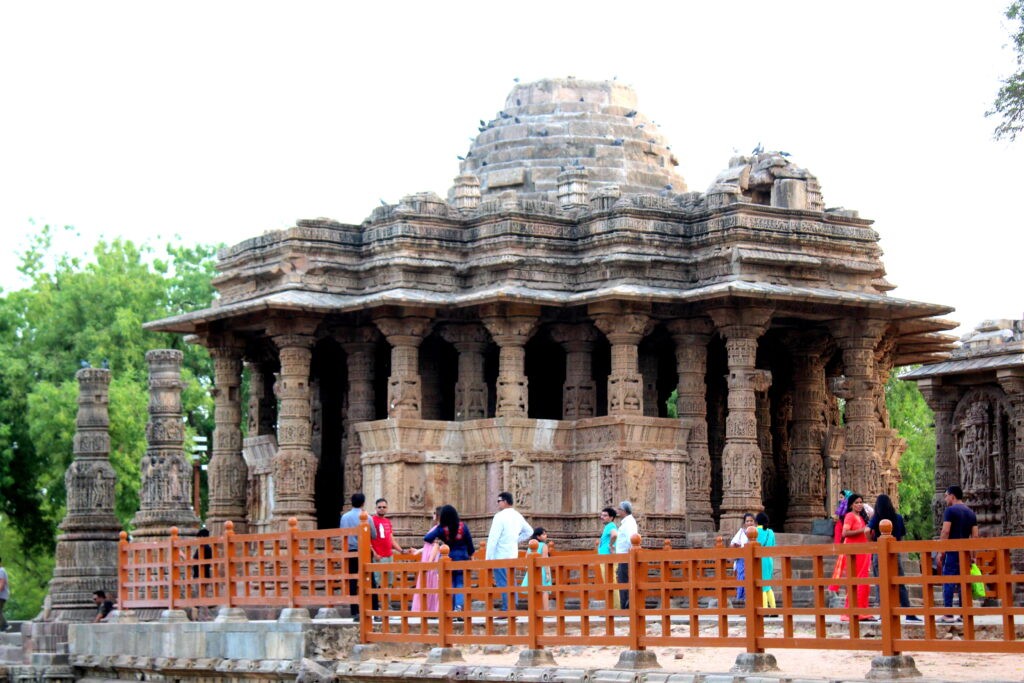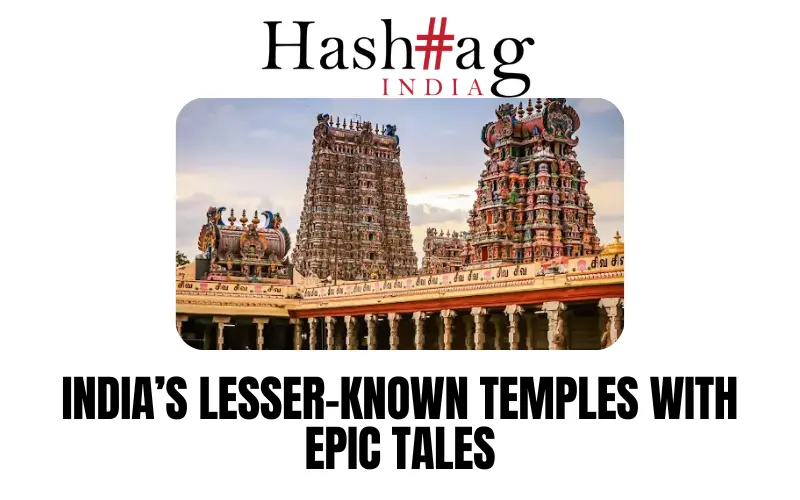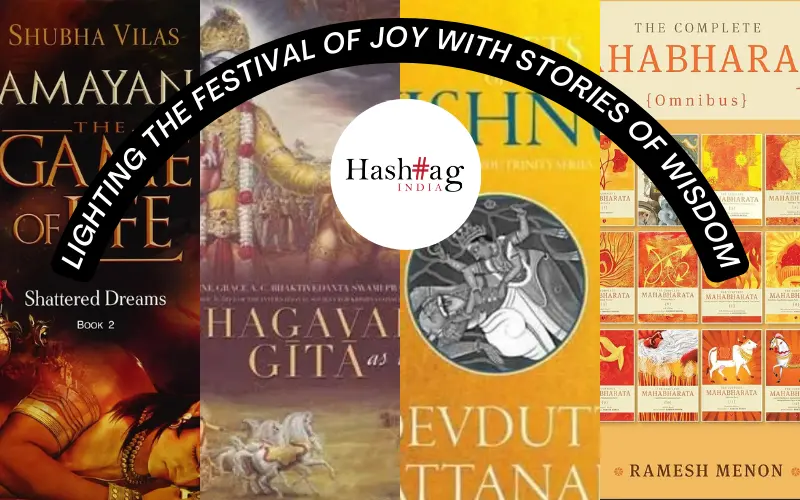India, an agrarian nation, depends on natural elements like fire, earth, air, sky, and water for survival. The Sun, a celestial body that illuminates the world, sustains ecosystems and fuels Earth daily, holds great significance. In Vedic times, the Sun attained deity status in our mythology. This reverence dates back to the Neolithic period and extends beyond India, with sun worship observed in ancient Egyptian, Inca, Nabatean, and Shinto religions. India houses numerous captivating Sun temples, serving as living testaments to the worship of the Sun God.

When it comes to visiting the Sun temples in India, Konark Sun Temple in Odisha, Martand Temple in Anantnag, Kashmir, and Modhera Sun Temple of Mehsana district, Gujarat make it to the forefront of every itinerary. Katarmal in Almora, Suryanar Kovil (also called Suryanar Temple) in Tamil Nadu and Osia in Rajasthan are also Surya mandirs (Sun temples). All these temples are not exemplary of engineering precisions but also intricate and elaborate stone carvings. In Gujarat, Modhera Sun Temple stands as an architectural marvel from the early 11th century. Modhera also finds mention in the ancient scriptures like Skanda Purana and Brahma Purana. Further, some folklores mention that Lord Rama performed a penance yagna here after killing Brahmin (Ravana).

Manjulika Pramod lists some incredible facts and features about Gujarat’s Modhera Sun Temple and the period in which it was constructed.
- It was built during the reign of King Bhimdeva-I of the Solanki Dynasty (Chaulukya dynasty), whose kingdom included parts of present-day Gujarat. He not only built the Modhera Sun temple and Dilwara temples but also reconstructed the Somnath temple which was razed down by Mahmud Ghazni. The Solanki dynasty was a Rajput dynasty of medieval India and the Solankies were also known as the descendants of the Sun. In Gujarat, one will find many architectural legacies of the ‘Solanki’ rulers. A UNESCO Heritage site, Rani ni Vav, a spectacular stepwell in Patan is attributed to his queen Udayamati.
- Modhera was constructed around a year after Mahmud’s invasion. Some historians have found a connection between the two incidents and proposed that the sun temple could have been built to commemorate the defence that a handful number of brave soldiers had put up in Modhera against Ghazni when he was advancing towards Somnath. Though the attempt of the soldiers was unsuccessful, it did not go unnoticed. The temple is made of sandstone and it hails the Maru-Gurjara Style of architecture, encompassing the boundless imagination and creative instincts of the workers who made it.
- The intricate carvings on the sandstone and the three main sections of the temple leave one enthralled and impressed with the artistry, engineering, and design skills of everyone that contributed to the making of it. First comes the water tank or the Surya Kund, which is adorned with steps made in amazing geometrical patterns. This is not just a tank but a very special one where the steps are full of small and big temples. Many of them are ruined now but each of them tells a story. Just next to the water tank is the Sabha Mandapa, an edifice of beauty followed by the main shrine, called Guda Mandapa, which once housed the idol of the Sun deity.

The Sabha Mandapa has four entrances and one can enter through any side. Here, you must look for the torans, the intricate Gujarati artwork at the entrance. At the centre is the walnut ceiling which is ruined but still stands gorgeous. This open on all sides’ structure was mainly meant for social and religious gatherings. The main shrine has only one entrance and inside, it is dark. It was made in a way so that the rays of the sun would reach the Sancto Sanctum, and light up the space.
- The days of equinoxes hold special relevance here. The temple is designed in such a way that on the 21st of March and the 21st of September, the first rays of the Sun used to fall on the idol of the Sun God in Garbhagriha. Now, there is no idol and no prayers are held inside the temple. Also, there are 52 pillars inside the Sabha Mandapa, denoting the 52 weeks of a solar year. The carvings on the pillars are spectacular and they tell many tales from our mythology books like Ramayana, Mahabharata, etc. One must also look for the twelve representations of the Sun carved on the pillars depicting the 12 months of the year.
- Many mysteries fill the air in Modhera. One of them happens to be the existence of a closed underground path (tunnel) that potentially linked the Guda mandapa of the temple to Patan, the capital city of Solankis, but it has not been traced in its true form. If the temple still holds so much significance and is a treasure trove of stories, imagine how relevant it would have been in its heydays.
The ASI maintains the temple well so that travellers can visit, appreciate, and see a part of the magnificence that once existed here. Visitors travelling to Gujarat should plan a visit to this temple and if possible, must stay back to enjoy the solar-powered 3-D Projection mapping show and heritage lighting (light and sound show) at the temple post-sunset. A cultural festival is also organized once a year. There is a museum complex too that can be explored to learn more about it.

How to Reach the Temple? Modhera is only 100 kilometers from the World Heritage City of Ahmedabad, 85 kilometers from Gandhinagar, and only 35 kilometers from Patan. If you start early from Ahmedabad, a day trip to Patan and Modhera is easily doable.





























